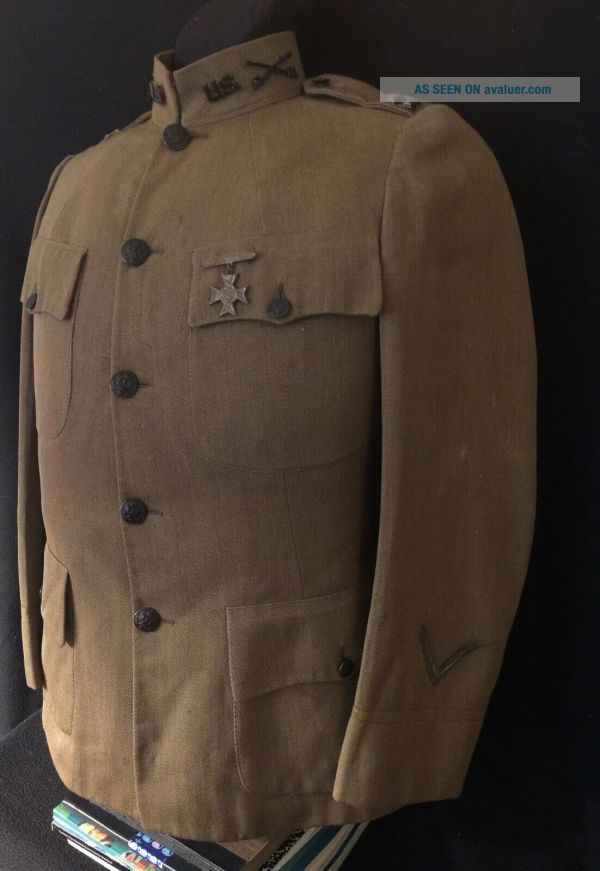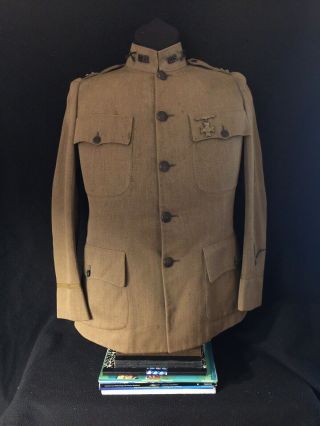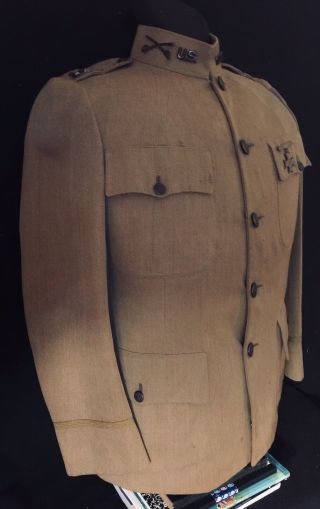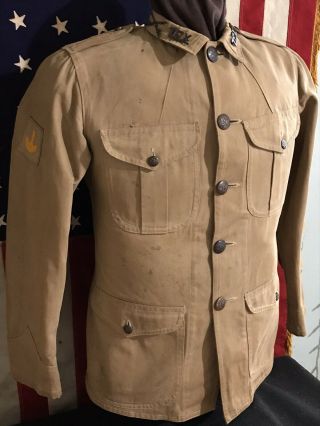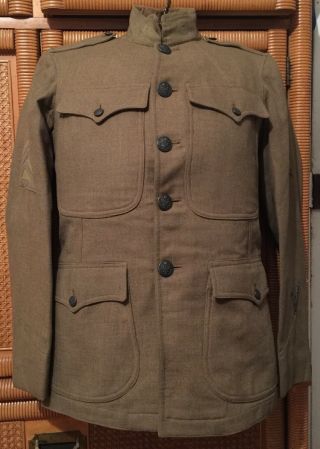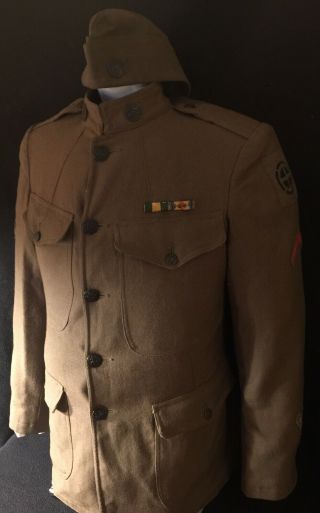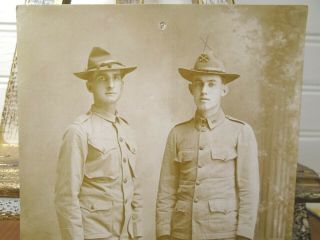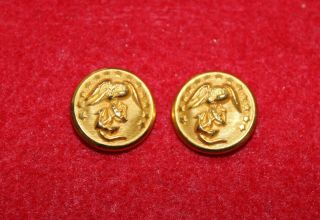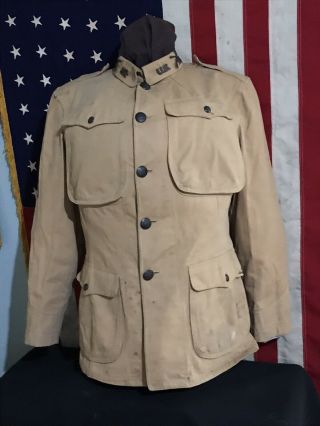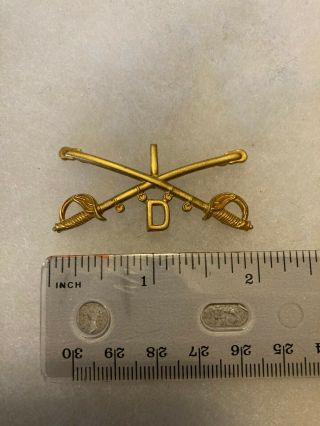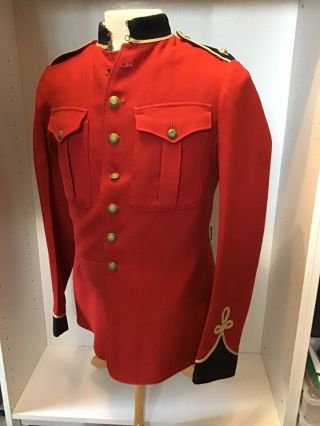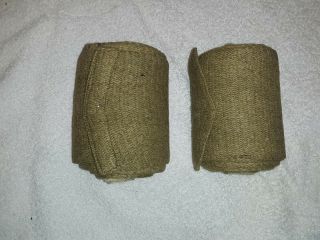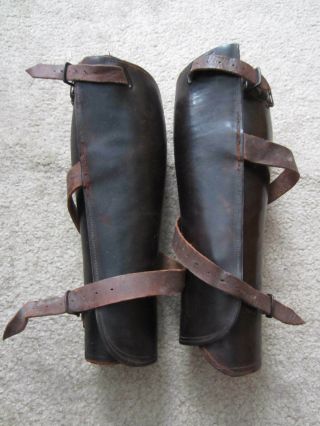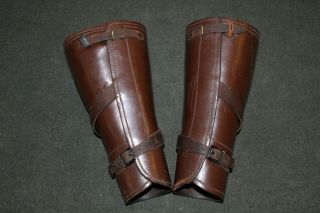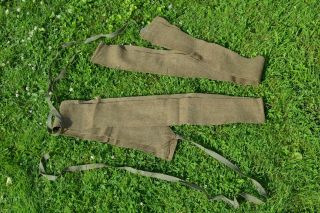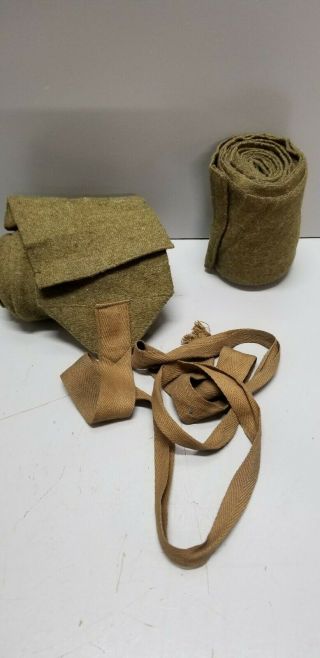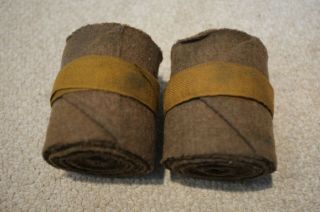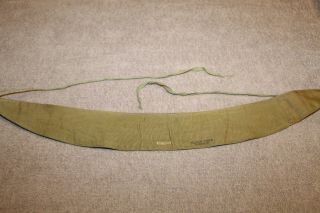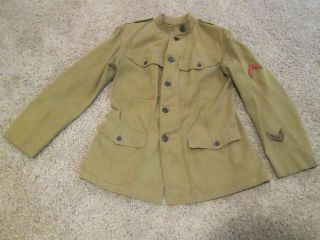Pre WWI M1912 Spec 1160 Winter Uniform Troop “B”, 1st Sq, Virginia Cavalry
Item History & Price
| Reference Number: Avaluer:25026237 |
307th Cavalry Regiment, US Army Reserves The 307th Cavalry Regiment was a cavalry unit of the United States Army during World War I and the interwar period. It was activated in early 1918 but broken up in the middle of the year to form new artillery units. The unit was recreated as a Virginia Organized Reserve unit during the interwar period, and was converted into a tank destroyer battalion shortly after the United States entered World War II.Shortly after the United States entered World War I, the regiment was constituted on 18 May 1917 in the National Army, and organized in February 1918 at Camp Del Rio, Texas. However, it was broken up on 17 August 1918 and its men were used to create the 51st and 55th Field Artillery Regiments, and the 27th Trench Mortar Battery. The 51st and 55th Field Artillery were demobilized on 8 February 1919 at Fort Sill, and the 27th Battery followed two days later at Camp Bowie.On 15 October 1921, the 51st and 55th Field Artillery and the 27th Battery were reconstituted as the 307th Cavalry, part of the 154th Cavalry Brigade of the new 62nd Cavalry Division in the Organized Reserve. On 6 March 1922, the regiment was initiated with its headquarters in Richmond, Virginia. Its 1st Squadron was located at Richmond and its 2nd Squadron at Norfolk. On 1 July 1929, a 3rd Squadron and Machine Gun Troop at Norfolk were added to the regiment with personnel from the disbanded 154th Machine Gun Squadron.The 307th usually held its Inactive Training Period meetings at the Parcel Post Building in Richmond, while 3rd Squadron held the meetings at Norfolk's Post Office Building. The regiment conducted regular equestrian training on the horses of Richmond's Deep Run Hunt Club and summer training with the 3rd Cavalry Regiment at Fort Myer and Fort Belvoir. As an alternative summer training program, the 307th held cavalry Citizens' Military Training Camp training at Fort Myer, and its primary ROTC feeder school was the Virginia Military Institute. Its designated mobilization training station was the York Concentration Area in Pennsylvania.After the Attack on Pearl Harbor resulted in the American entry into World War II, it was converted into the 65th Tank Destroyer Battalion on 30 January 1942. The battalion was disbanded on 11 November 1944.306th Cavalry Regiment, US Army Reserves The 306th Cavalry was constituted on 18 May 1917 in the National Army, shortly after the United States entered World War I, and organized on 6 February 1918 at Fort Clark, Texas. The regiment was broken up on 20 August 1918 and its elements used to form the 49th and 50th Field Artillery Regiments and the 17th Trench Mortar Battery. All three artillery units were demobilized on 8 February 1919 at Fort Sill, Oklahoma.On 15 October 1921, the 49th and 50th Field Artillery and the 17th Trench Mortar Battery were reconstituted in the Organized Reserve as the 306th Cavalry Regiment, part of the 62nd Cavalry Division in the Third Corps Area. It became part of the division's 153rd Cavalry Brigade. The regiment was initiated (activated) with headquarters at Baltimore, 1st Squadron at Baltimore, and 2nd Squadron at Washington, D.C. Its commander from 1921 to 1937, John Boynton Philip Clayton Hill, was a Maryland politician and congressman. On 1 July 1929, it became a three-squadron regiment, with the new 3rd Squadron being activated at Baltimore. A machine gun troop was simultaneously added to the regiment at D.C., both new units being composed of men from the 153rd Machine Gun Squadron. Troop F, 306th Cavalry eventually reached full strength in enlisted men, one of the few reserve units to do so during the interwar period.The 306th's headquarters, 1st, and 3rd Squadrons usually held their inactive training period meetings at the Post Office Building in Baltimore, while the 2nd Squadron and Machine Group held the meetings at the Munitions Building in D.C. It conducted regular equestrian training on the horses of the 3rd Cavalry Regiment at Fort Myer and the 6th Field Artillery at Fort Hoyle and often participated as a mounted unit in D.C.'s Army Day parade. The regiment conducted summer training at Fort Myer and Fort Belvoir with the 3rd Cavalry Regiment. As an alternate form of training, the 306th provided basic cavalry military instruction to civilians under the Citizens' Military Training Camp program at Fort Myer. The regiment's primary ROTC feeder school was the Virginia Military Institute, and its designated mobilization training station was the York Concentration Area in Pennsylvania. It celebrated its organization day on 6 February, the anniversary of its World War I organization.After the United States entered World War II, it was converted into the 543rd Signal Aircraft Warning Regiment on 30 January 1942. Postwar, on 27 December 1948, the regiment was converted and redesignated the 306th Armored Cavalry Regiment. Its headquarters and headquarters company were activated on 9 February 1949 at Washington, D.C. On 25 May 1950, the regiment was redesignated the 306th Armored Cavalry Group. Later that year, after the beginning of the Korean War, the group conducted training with other Reserve and National Guard units at Fort Hood. By 1955, it dropped the cavalry designation. The regiment spent the 1955 summer training period at Fort Knox. It was inactivated at Washington, D.C. on 15 May 1959.M1912 SPEC 1160 Winter Service Coat On July 26, 1912 a new pattern of “olive drab woolen service coats” was introduced through Specification Number 1160. Aside from being made largely from “13 ½ ounce olive drab melton . . ., ” being lined and possessing an “inside breast pocket, ” this pattern mirrored that of the Specification Number 1126 cotton coats. First appearing together in the 1912 Specifications for the Uniform of the United States Army, these “single breasted sack coat[s] of olive drab woolen or cotton material” were simply denoted as “Coats (Service).” Much like the 1902 pattern coats, it was noted of their differing material types that “The woolen olive-drab uniform will be prescribed for habitual wear when the climate or weather does not require the cotton olive-drab. . . . The cotton olive-drab will be prescribed by commanding officers for soldiers on pass in warm weather and also for use in garrison in warm weather when out of barracks after retreat. The woolen olive-drab will not be worn by soldiers on pass from commands supplied with the dress uniform.”



